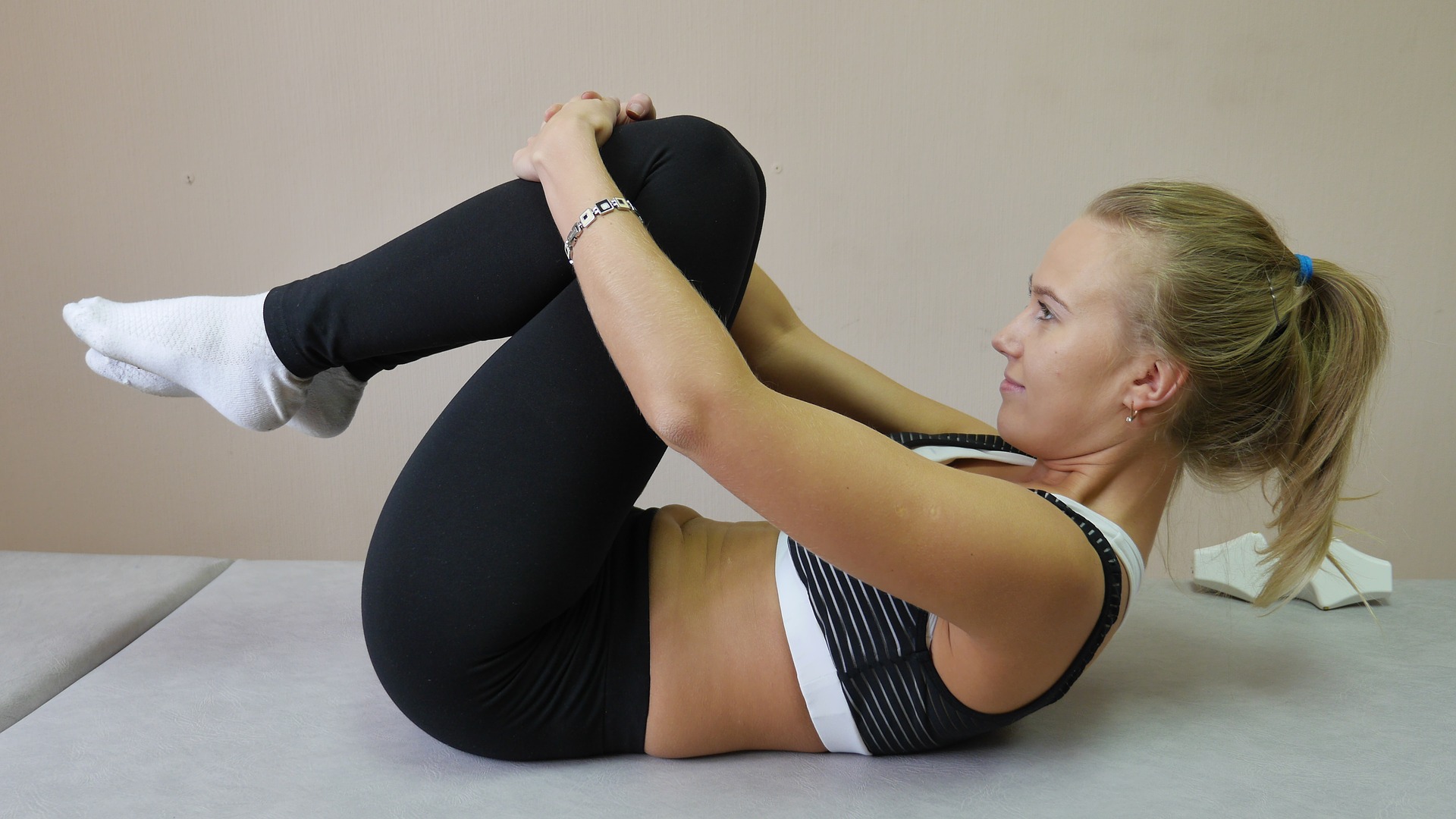
It’s true. Chiropractic is most notoriously associated with low back pain. Many chiropractors somewhat resent this stereotype because we can treat so much more.
Low back disc surgery is the third most common surgery in America. LBP is the second most common ailment that bring patients into doctors’ offices — second only to colds. LBP is the most expensive ailment crippling our nation. It costs America $20 billion a year. Combine that with related costs of loss of work, hiring replacements who cannot function as efficiently as the original employees, and you can add another $60 billion dollars. LBP is an $80 billion dollar a year health care problem facing America. Is there any wonder that the US government seeing the crisis chose to select LBP as a major target for evaluation? If everyone that should go to chiropractors with LBP came to us, we could not handle the volume; we’d need 10 times more chiropractors just for LBP. It’s not that we are being narrowed into one type of ailment; it’s just that it is so prevalent, and no other profession compares with our effectiveness.

Low back pain is a very big problem facing our nation, and we need clinicians who can responsibly and effectively treat it. It is not as simple to treat as some might think. A person suffering with back pain is more or less likely to have back surgery depending on what part of the country they live in. This tells us that there is not a prevailing protocol in the medical community for low back pain.
The overuse of surgery has been one of the most problematic interventions in back pain. Surgery seems helpful for at most 2% of patients with back problems, and its inappropriate use can have a great impact on increasing the chance of chronic back pain disability.[1]
Some notable quotes and conclusions:
- …spinal manipulation has now been shown to be the most clinically and cost-effective method for the epidemic of low back pain, which happens to be the single largest cause of disability today.[2]
- Anthony Rosner, PhD, testified before the Institute of Medicine: “Today, we can argue that chiropractic care, at least for back pain, appears to have vaulted from last to first place as a treatment option.”[3]
- The AHCPR (Agency for Health Care Research and Quality) study also concluded that spinal manipulation was the preferred initial professional treatment for acute low back pain.[4]
Our Approach to Low Back Pain
Our approach is an integrative, patient-centered, responsible approach. We are participating in the NCQA back pain recognition program because it is showing promise as a cost-effective way to screen patients and get them to the necessary health care provider to receive the appropriate care.
First, we attempt to identify the perpetuating factors of your condition. If it is a mechanical condition, we must start to spare that tissue so that it can begin to heal. We will look for and identify faulty movement patterns that make you prone to re-injury and give you strategies to correct these factors. We use highly effective chiropractic adjustment techniques to provide pain relief and restore joint health and function. Typically we see great results within 4-6 weeks and often much sooner, at which point we discontinue treatment. Additionally, patients usually experience quite a bit of relief within 2-3 visits and will get a sense of whether the treatment is going to be effective for them.
Unfortunately, not every case is simple and straightforward. Pain can have many causes and sometimes requires further exploration. Nutritional/chemical aspects can be driving a pain state as well as psychological factors such as stress and depression can be exacerbating or making a person more susceptible to pain.
- Bigos, S, Battie MC. Back disability prevention. Clin Orthop 1987:221:121
- Woolf AD, Pfleger B. “Burden of Major Musculoskeletal Conditions.” Bull World Health Organ, 2003;81(9):646-656.
- Testimony before the Institute of Medicine: Committee on Use of CAM by the American Public, Feb. 27, 2003.
- Bigos S, et al.Acute Low Back Problems in Adults. Clinical Practice Guideline No. 14. Rockville, MD: U.S. Department of Health and Human Services, Public Health Service, Agency for Health Care Policy and Research, AHCPR Pub. No. 95-0642; December 1994. Patient Guide, (1992):12.


